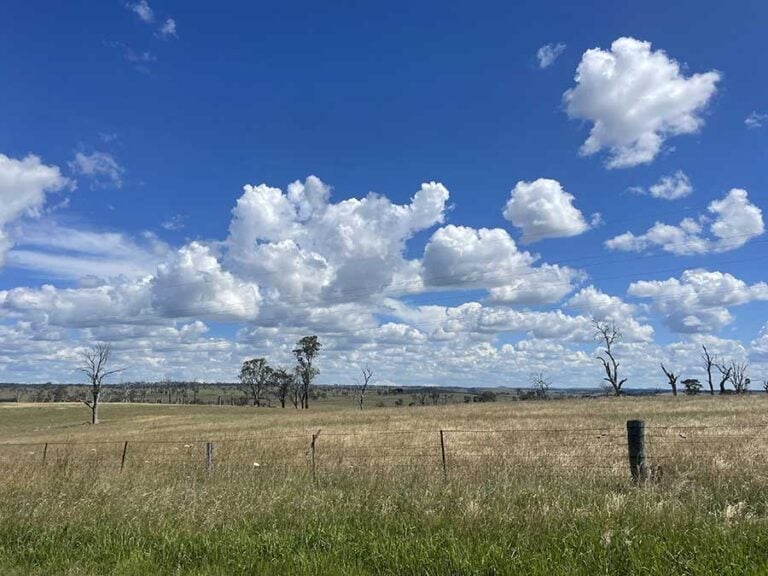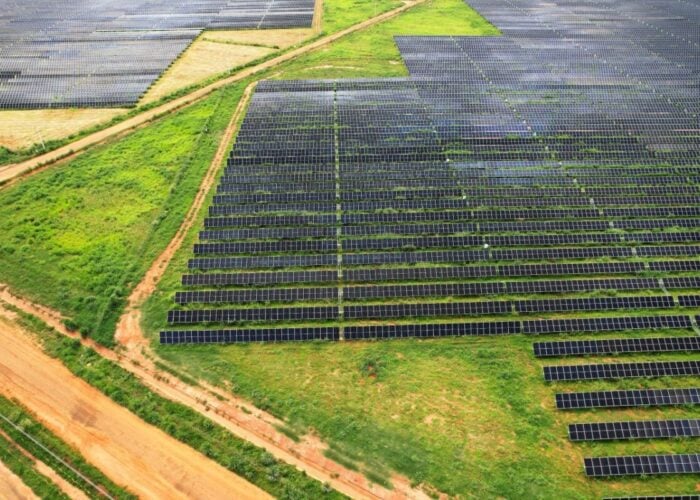
The Australian government has approved the 141MW Forbes Solar Farm Project in New South Wales in just 19 days, marking one of the fastest environmental approvals on record in the country.
Australia’s environment minister, Murray Watt, confirmed the project received approval under the Environment Protection and Biodiversity Conservation (EPBC) Act on 4 October, making it the 106th renewable energy project approved by the Albanese government.
Try Premium for just $1
- Full premium access for the first month at only $1
- Converts to an annual rate after 30 days unless cancelled
- Cancel anytime during the trial period
Premium Benefits
- Expert industry analysis and interviews
- Digital access to PV Tech Power journal
- Exclusive event discounts
Or get the full Premium subscription right away
Or continue reading this article for free
The solar PV power plant, being developed jointly by ACE Power and Osaka Gas Australia, will include a 120MW/480MWh battery energy storage system (BESS) on a 270-hectare site approximately 11km north of Forbes.
According to minister Watt, the rapid approval timeline stems from the developers’ decision to locate the facility on degraded agricultural land with minimal native vegetation.
“By choosing to build this facility on disturbed agricultural land with little native vegetation, the proponent set themselves up for success,” Watt stated in the government media release.
“Their planning has paid off with this rapid approval, which unlocks investment and jobs for the community in and around Forbes.”
When the project was submitted to Australia’s EPBC Act for environmental assessment, the developers emphasised the site’s suitability for solar development due to its existing transmission infrastructure and limited environmental constraints.
When operational, the Forbes solar PV power plant will feature more than 196,000 solar modules connecting to the National Electricity Market (NEM) via an onsite substation.
The facility will utilise Transgrid’s existing 132kV high-voltage transmission line that traverses the project site, eliminating the need for new transmission infrastructure and reducing both costs and approval complexity.
ACE Power’s website for the Forbes Solar Farm project indicates that the BESS is being designed as a 120MW system with an 8-hour duration. This configuration would provide a total capacity of 960MWh. However, the project’s BESS is defined as a 4-hour system in the application submitted to the EPBC Act.
They note in this application that an upgrade to the BESS could be undertaken, which would require the project to either request an extension or submit a new development application.
Construction of the Forbes project is expected to create nearly 100 jobs, with three permanent positions during the operational phase. The developers have also committed to maintaining agricultural use through agrivoltaics, with sheep grazing planned to continue during the operational phase.
The 19-day approval timeline contrasts with typical EPBC Act assessment periods, which can extend several months depending on project complexity and environmental considerations. The Forbes project’s success provides a template for future solar developments seeking to minimise regulatory delays through strategic site selection and early stakeholder engagement.
The project’s construction phase is expected to take 12-18 months, with site establishment requiring approximately 1.5 months, solar PV power plant installation taking nine to 11 months and commissioning requiring three to four months. At peak construction, the project will employ approximately 100 workers.
It is worth noting that the project still requires planning approval from the New South Wales state government before construction can commence, with commercial operation targeted for 2026.
ACE Power was acquired by renewables developer and independent power producer (IPP) TagEnergy in late August 2025. The integration of ACE Power’s portfolio creates a combined portfolio exceeding 10GW across Australia.






